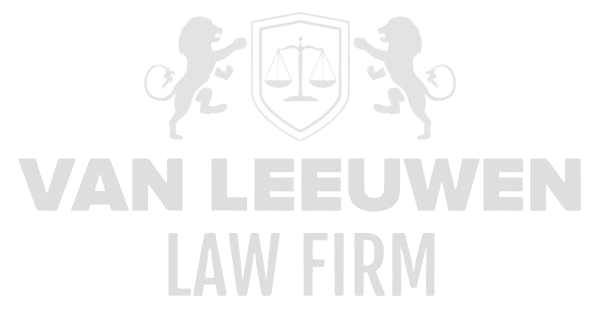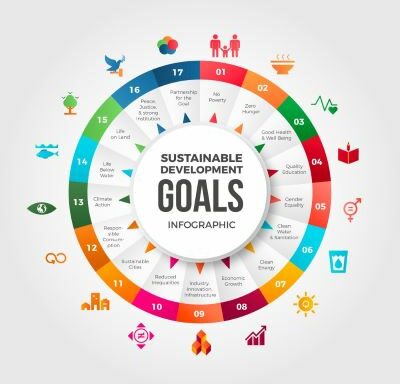Extracting meaningful information from large amounts of data, also known as data analysis or data mining, is an important process for organizations to gain valuable insights and make informed decisions. Here are some steps to distill meaningful information from big data:
Define Your Goals: Start by identifying the specific objectives you want to achieve with your data project. What are you trying to understand or solve using the data? Clear objectives help maintain focus.
Data Collection: Gather the relevant data sources needed for your analysis. This may include structured data (e.g., databases) and unstructured data (e.g., text or images). Ensure that the data is of good quality and relevant to your goals.
Data Cleaning and Preparation: Often, raw data is not directly usable. You need to clean the data by correcting incorrect or missing values and formatting it into a suitable format for analysis.
Data Modeling: This involves building models and algorithms to discover patterns and relationships in the data. Machine learning techniques can be useful for conducting predictive analytics.
Data Visualization: Data visualization can make complex information easily understandable. Charts, graphs, and dashboards can help present the results.
Interpretation of Results: Understand the meaning behind the data. What do the results tell you about your objectives? Are there trends, patterns, or insights that you can use?
Decision-Making: Use the insights obtained to make informed decisions. This can range from operational decisions to strategic planning.
Feedback Loop: Data analysis is an iterative process. Continuously gather feedback based on your decisions and results and adjust your approach as necessary.
Data Management: Ensure effective data management processes to keep data up-to-date and to ensure the privacy and security of sensitive information.
Consider Scalability: As your data volume grows, consider how to scale your data analysis. This may involve using cloud-based solutions or more advanced tools.
In summary, distilling meaningful information from large amounts of data requires a structured approach, the right tools, and expertise in data analysis. It’s a process that can yield valuable insights and help organizations achieve their objectives.



